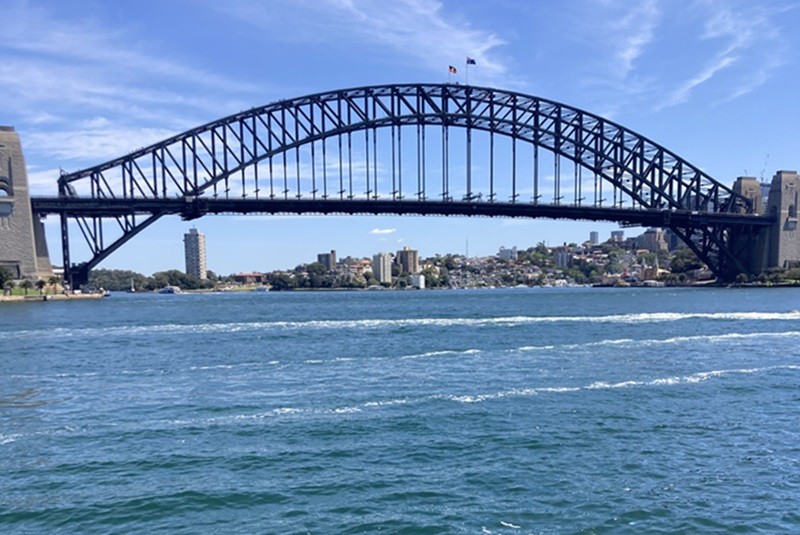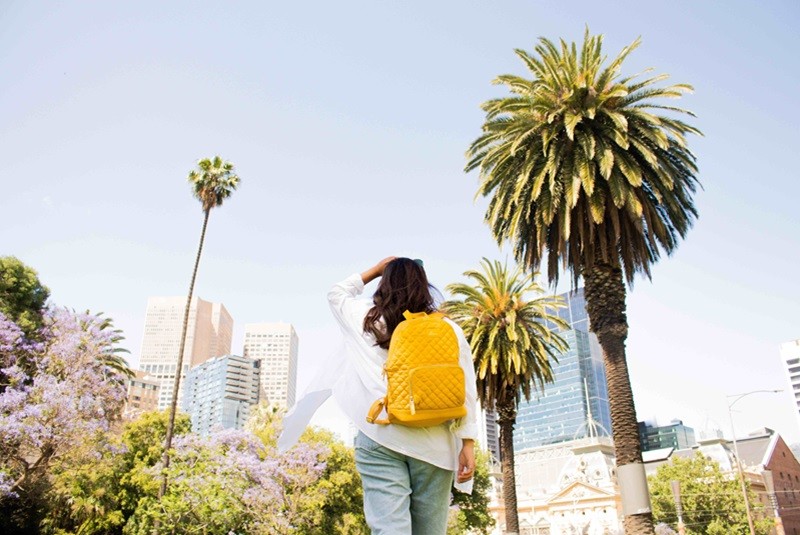Table of Contents
- Australian Visa and Immigration Advice
- Visa Eligibility Assessment
- Australian Temporary Visa Assistance
- Permanent Residence Assistance
- Hong Kong and BNO Passport Holders
- Applicants in Sydney, Australia
- FAQ - Frequently Asked Questions
- Visa Overview and Eligibility
Australian Visa and Immigration Advice
Call or Email our Migration Agents and Immigration Lawyers for immediate assistance with your Temporary or Permanent residence application! Specialist and experience guidance regarding documents and completion of all application forms, Migration Skills Assessment submission, State Nomination application, Expression of Interest, Medical appointments and Character certificates.
Visa Eligibility Assessment
Fill in the website Contact Form for a FREE Visa Eligibility Evaluation regarding Australian Visa Options, and the Visa Process, Supporting documents required and Costs.
Australian Temporary Visa Assistance
Our Migration Agents can assist with the following visa categories: Visitor Visa and Business Visitor, Subclass 600, Skills in Demand Visa, Subclass 482, Global Talent Employer Sponsored Visa (GTES), Student Visa, Subclass 500, Visitor and Business visa, Subclass 600 and other visa categories. See our web pages for more specific information about each visa and the requirements.
Permanent Residence Assistance
Our Migration Agents and Australian qualified Immigration Lawyers can assist and advise with: Skilled Migration, Subclass 189 and 190 Visas, Employer Nomination Scheme, Subclass 186 Visa, National Innovation Visa, Subclass 858 and Family Migration to Australia - Partner, Prospective Marriage, Parent. See below the links to our Australian Visa web pages.
Hong Kong and BNO Passport Holders
Applicants who hold a Hong Kong or BNO Passport may be eligible for faster and priority processing times for certain temporary and permanent residence applications, such as the 485 Graduate visa and the Subclass 191 Skilled Regional Visa. See our web page for more information regarding Hong Kong and BNO Passport Applicants.
Applicants in Sydney, Australia
If you are a Visa Applicant based in Australia, then you can schedule a meeting at our office in Sydney, NSW for an in-person meeting in our meeting or conference rooms. Alternatively, our Migration Consultants can arrange a Consultation via Zoom Video call anytime!
FAQ - Frequently Asked Questions
Who can help with my Australian visa?
We have Registered Migration Agents, Immigration lawyers and an Admin Team who will be pleased to email or call you, at a suitable time.
How do I contact the Australian visa office?
Email our office and arrange a time for a meeting in one of our offices or by video call.
How do I contact the Department of Home Affairs for a visa?
Actually, our Consultants would contact the Department of Home Affairs, on your behalf, as your Migration Consultant, and we would submit your application and supporting documents. For Australian Visa applications, you would just need to complete a Form 956 and sign it, in order to authorise the Migration Agent to act as your Representative and handle your case and receive notifications from the Government Visa Office.
How do I follow up on my Australian visa application?
Each Australian Visa has an estimated processing time, such as 9 - 12 months. However, the processing times get adjusted regularly and can be faster or slower depending on the Government backlog and whether your application is complete and has no missing documents.
What is the fast track Tourist visa Australia?
Essentially, there is an Electronic Travel Authority (ETA) for eligible Citizens of selected countries. This is faster than the Subclass 600 Visitor visa, but it is only for a 3 month visit.
What do you need to enter Australia?
To enter Australia as a long term Visitor, Work visa or Permanent residence, you would need to make a number of Declarations. Declare that you understand a list of Australia's Values, Declare that you are in good Health and declare that you are of good Character. Also, you would need to declare that you have not previously overstayed a previous Australian visa and not had a visa refused or cancelled.
Where do I go to get biometrics for Australian visa?
In Hong Kong, VFS Global deals with the Biometrics for Australian visas, instead of the local Australian Consulate. VFS Global are the contracted Service Delivery Partner for the Australian Department of Home Affairs and provides assistance with online visa form lodgement, visa fee payment and biometric collection services in Hong Kong.
How do I submit my Biometrics?
Your Migration Agent can assist you with obtaining Biometrics, and the process involves: Booking an Appointment at a VFS Centre, Pay your Service fees, Attend your scheduled appointment and track the progress of your application.
Can an agent help you get visa?
Yes, of course, we can assist initially with a Visa assessment to ensure that you are definitely eligible and meet all the visa criteria, preparation of your documents, completing all application forms correctly and therefore, saving time and avoiding a visa refusal.
How much does it cost to get a visa to Australia?
Visa Application fees vary according to the visa type. Generally, short term temporary Visitor visas are a low fee or $300 - $600 AUD, however, applications for permanent residence are a much higher fee of around $9,900 AUD plus for Family migration and Skilled visas cost around $4,400 AUD. Also, there are additional fees for Secondary Applicants over 18 years and Secondary applicants under 18 years.
How can I get an Australian visa without a sponsor?
To work in Australia, you would need a Job sponsor for short-term work or long-term employment. However, there are exceptions, where you hold certain visas, including: Working Holiday visa, Work and Holiday visa and the Temporary Graduate visa.
How to get Australian Immigration advice?
The best way to check your Visa eligibility is to just email us your CV/Resume for a FREE Visa eligibility Assessment. Also, let us know your Date of birth, English language ability and if you are including a Partner in your visa application. We can check your Points score for skilled migration.
Do I need an immigration agent for Australia?
It is not mandatory to have an Immigration Agent, however, the Agent can take care of the complete application process and save you time, hassles, researching the rules, checking forums and possibly making mistakes or omitted documents or information.
What is a Migration Agent in Australia?
A Migration Agent is registered with the Office of the Migration Agent Registration Authority, and they are obligated to adhere to a Code of Ethics and Conduct. The Migration Agent is authorised to provide Australian immigration advice and they should have up-to-date knowledge of all the current laws, rules, policy and fees.
Is it hard for UK citizens to move to Australia?
UK Citizens have an advantage, in that they are native English speakers, so they can score highly in the IELTS English test and possibly obtain 20 points for IELTS 8.0 in all elements of the Test, in the Points test for Skilled migration.
What is the oldest age you can move to Australia?
For Skilled migration, the eligible Age range is 18-44 years, but the older you are, when you apply, the less points you would accumulate. Note that the Work visa does not usually have an Age limit, but note that the Skills in Demand Visa has no Age requirements.
How much does it cost to immigrate to Australia?
The Australian immigration costs include: Migration Skills Assessment fee, Character certificates, Health examination, English test, Migration Agency fees, Biometrics application and the Government application fee.
Visa Overview and Eligibility
Check out our web pages below for up-to-date info regarding Australian Visas and Permanent residence:

Assistance with Skills in Demand, Subclass 482 Visa, if you have a Job sponsor.

Assistance with Employer Nomination Scheme (ENS) for job sponsored for Permanent residence.

Assistance with the Visitor Visa 600 for Temporary Visits to Australia for Tourism, Family or Business.

Assistance with the Global Talent Employer Sponsored Visa for Highly Skilled roles.

Assistance with Family Sponsored migration (Parent, Partner, Child etc) for permanent residence.

Assistance with Student course Enrolment and the Student Visa, Subclass 500 application.

Skilled Migration to Australia. Migration Skills Assessment. 189 and 190 Visa Assistance. Migration Agents Advice.

National Innovation Visa for Talented Entrepreneurs, Investors and Global Researchers.

Australian Visas and Immigration for Hong Kong and BNO Passport Holders.

